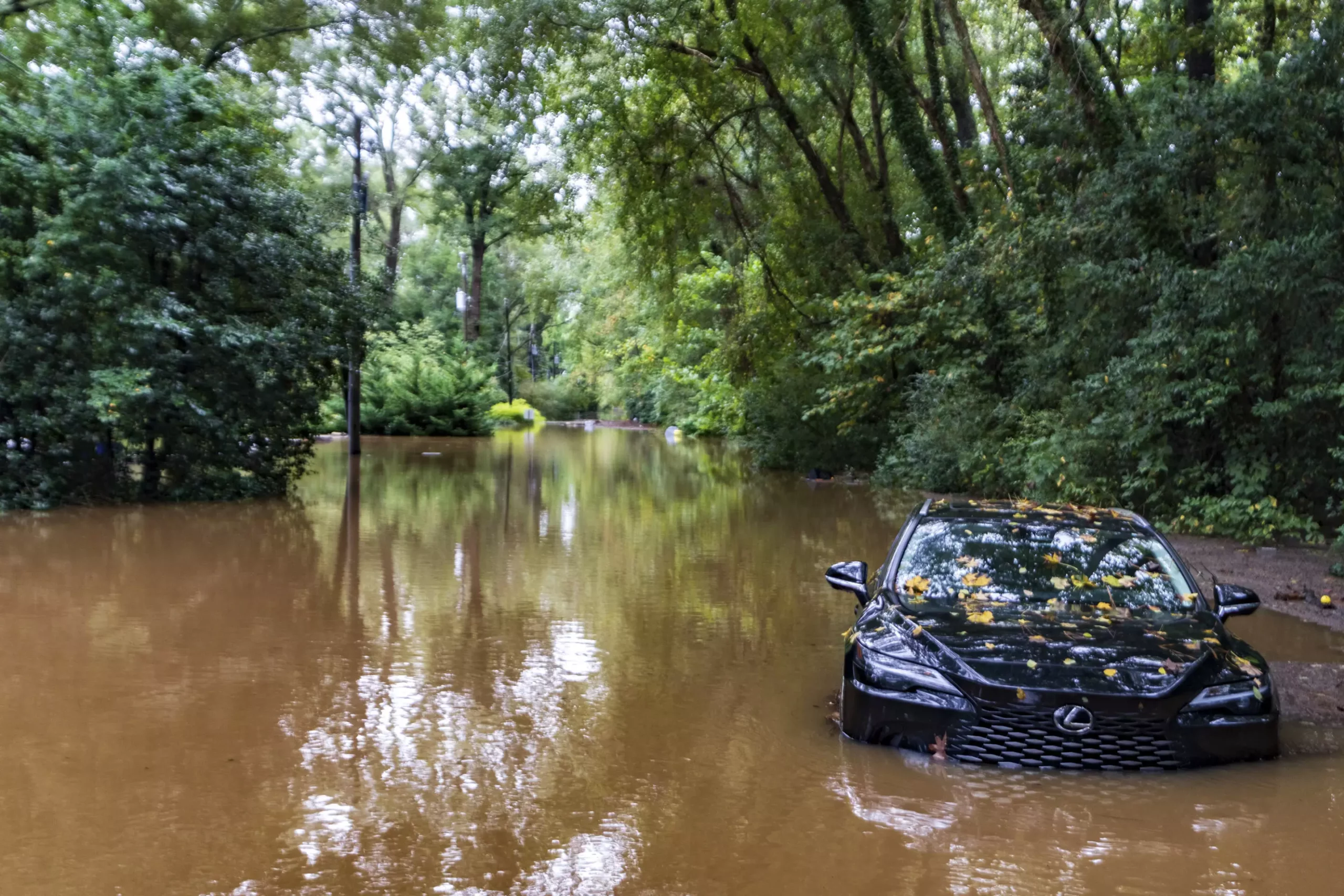As climate change intensifies the severity and frequency of storms, the safety of electric vehicles (EVs) comes under scrutiny, particularly in coastal areas prone to flooding. With hurricanes like Helene prompting officials to issue warnings, it is crucial for EV owners to comprehend the unique vulnerabilities their vehicles face when inundated by saltwater. This article dissects the risks associated with electric vehicles during storms, emphasizing the need for precautionary measures and raising awareness of their battery safety.
Electric vehicles, while heralded for their environmental benefits, present certain risks during severe weather events. One primary concern is the potential for battery failure and fires when these vehicles are exposed to saltwater. Florida Governor Ron DeSantis has urged EV owners in the anticipated path of Hurricane Helene to evacuate their vehicles to higher ground to mitigate the risk associated with storm surge and flooding. While instances of fires in electric vehicles caused by saltwater exposure are infrequent, they have been sufficiently documented to warrant serious consideration.
The evidence suggests that the risk stems from the nature of lithium-ion batteries. When exposed to saltwater, the conductivity of salt can create short circuits that may lead to thermal runaway, a phenomenon where increasing temperatures within battery cells can trigger a catastrophic failure. Events in recent history, such as Hurricane Ian in 2022, highlighted this risk when an estimated 5,000 EV batteries encountered saltwater, resulting in 36 confirmed fire incidents.
During significant storms, EV owners may face the challenge of maintaining a sufficient charge when power outages can disrupt charging infrastructure. Similar to the age-old advice of keeping a gas tank full, it is prudent to ensure that electric vehicles are fully charged prior to a storm. This foresight allows for greater mobility in evacuating or accessing critical resources during unexpected situations.
However, it is essential to balance the need for charge with the operational limitations posed by power outages. Much like traditional internal combustion engine vehicles are rendered inoperable when gas stations are unable to pump fuel, electric vehicles also face operational stasis when charging stations are offline. This reality necessitates prudent planning and self-restraint on the part of EV owners, as they must conserve battery life during critical times of need.
Understanding the Technical Risks of Battery Exposure
When discussing the technical vulnerabilities of electric vehicles, it’s important to consider what happens during and after exposure to saltwater. Tom Barth of the National Transportation Safety Board (NTSB) emphasizes that battery design considers moisture prevention; however, prolonged submersion can lead to significant risks. The seals designed to keep moisture at bay can fail when faced with intense flooding, allowing saltwater to penetrate and compromise battery integrity.
The aftermath of a flood is particularly treacherous. Even after waters recede, corrosive salts can linger, making it vital to inspect any vehicle that has been submerged. Barth notes that while not every submerged vehicle will ignite, the potential for delayed incidents exists due to residues left behind that can cause short circuits long after the flood ends.
The electric vehicle industry is increasingly aware of the challenges posed by extreme weather events, leading to ongoing research and development aimed at improving the safety of EV batteries. The National Highway Traffic Safety Administration (NHTSA) is actively investigating these concerns and has proposed updates to safety standards to enhance battery resilience against flooding.
As the frequency of natural disasters increases, manufacturers are pressed to innovate and implement more effective safety measures. These may include advanced sealing technologies to better protect battery components from moisture or salt exposure. Striking a balance between effective battery performance and safety is paramount, as the industry prepares for the inevitable increases in extreme weather events.
Ultimately, electric vehicle owners must adopt a proactive mindset when it comes to storm preparedness and battery safety. Understanding the unique risks associated with lithium-ion batteries, especially in flood-prone areas, can help mitigate potential hazards during severe weather events. By heeding official warnings, ensuring vehicles are charged, and prioritizing safety inspections post-flooding, EV owners can protect their investments and enhance their safety in a changing climate. As awareness grows, so does the imperative for improved technology and regulations that prioritize the safety of electric vehicles in the face of natural disasters.

